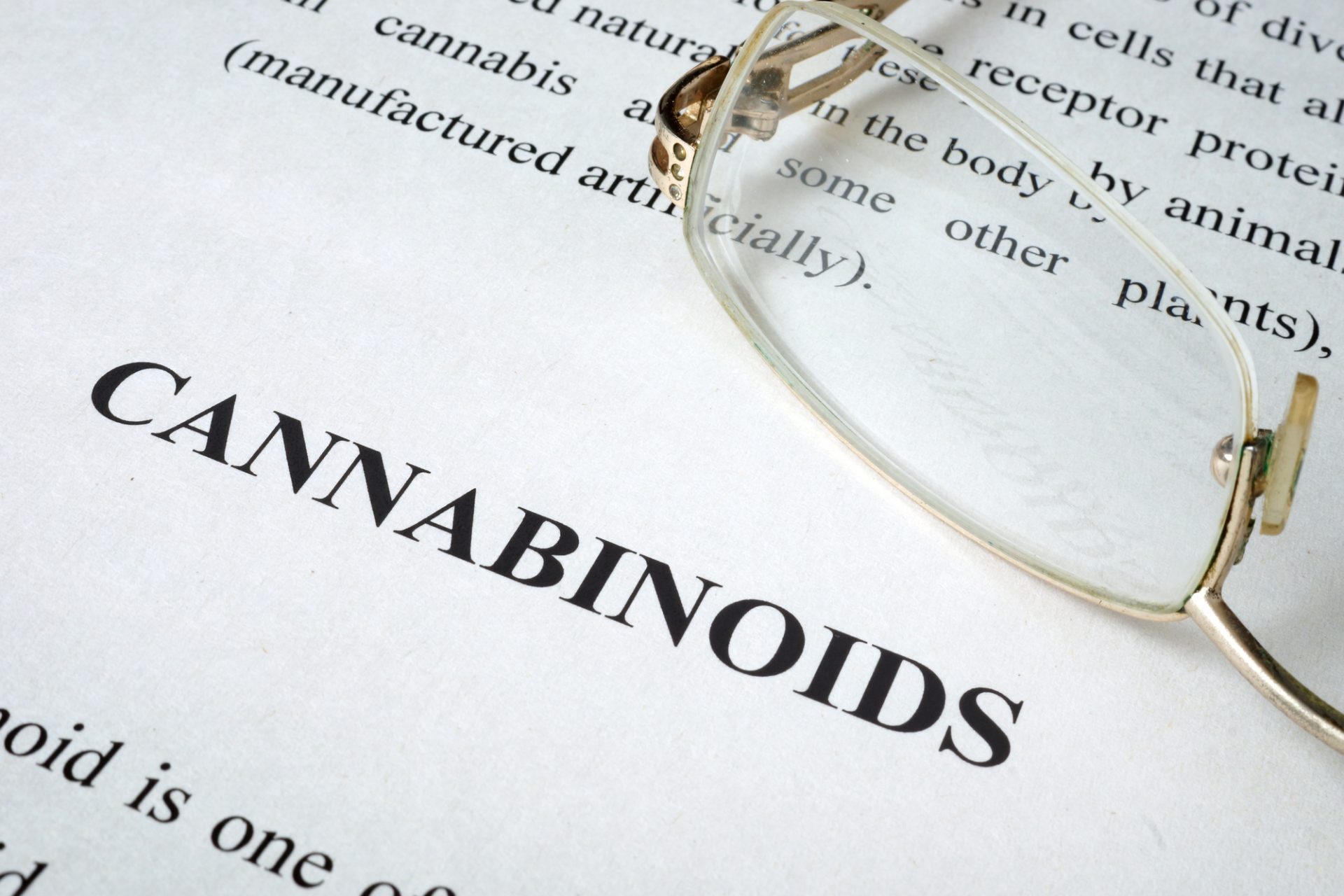What are cannabinoids? Whether you pronounce it canna-bin-oid or can-na-bin-oid, cannabinoids are responsible for the medicinal, psychoactive, and non-psychoactive effects of cannabis. With advancements in legislation, research has started to advance at a rapid pace. There have been over 100 different cannabinoids that researchers have been able to identify and isolate from cannabis. I believe the number is around 113.
THC
As you may already know, THC is the most popular cannabinoid when talking about cannabis and it’s not very difficult to find out why. THC or it’s scientific name, Delta-9 tetrahydrocannabinolic acid is what gives cannabis the “high” or “stoned” feeling when using it. THC-A needs to under go a molecular transformation in order to get you high. Decarboxylation is the process of transforming THC-A into THC by introducing a heat source. Cooking, vaping, and smoking cannabis are ways to decarboxylate THC-A to THC.
CBD
CBD or cannabidiol is rapidly becoming as popular a cannabinoid as THC is. CBD has been shown to treat pain and inflammation, depression, anxiety, and certain seizure disorders. It’s non-psychoactive, meaning it WILL NOT get you high at all. In fact, it’s well known as a THC high reducer. If you are not yet used to the effects of THC or are sensitive to the high it can give you, CBD can be used as a kind of rescue cannabinoid. It reduces the psychoactive effects of THC and slows the onset as well.
Not only is CBD good at reducing the high from THC, but it’s also a kind of puzzle piece. CBD binds with THC in a unique manner called the “Entourage Effect.” When CBD and THC are used in conjunction with each other and other cannabinoids, they have been shown to improve their healing properties. With a long list and countless combination of known cannabinoids to play with, it’ll be interesting to see what other miracle puzzle pieces are out there.
CBG
One of the newest research trends is studying the cannabinoid cannabigerol or CBG. CBG is basically a building block for other cannabinoids. When it combines with enzymes in the plants tissues, it forms cannabinoids such as THCA and CBDA. Without CBG there would be no THC or CBD. So, science is spearheading research in this direction in hopes to unlock more mysteries of this amazing plant.
CBN
Another cannabinoid to keep an eye on is CBN, or cannabinol. This particular cannabinoid is not readily present in the plant and has no psychoactive qualities. So why is it considered important? When THCA degrades, it turns into CBN. Many people think that old cannabis loses potency, and it does, but as the THCA degrades and turns into CBN, it still has some very useful medical benefits.
I recall an old episode of Rosanne, where she and her husband, Dan, find an old bag of cannabis and decide to smoke it. After eating everything in sight, they fell into a deep sleep. Why? Because that is what CBN does … it increases appetite and promotes sleep. In fact, according to Steep Hill Labs in California, cannabinol is the most sedative known cannabinoid. They claim that 5mg of cannabinol is equal to 10mg of diazepam (valium) in terms of body relaxation:’ So if you think that old bag of cannabis is no longer useful, think again.
Currently there are very few CBG and CBN products on the market, but I think that in the next few years, we will be hearing a lot more about both of these cannabinoids as well as several others.
Last Note
The fight for access to whole flower here in Florida has been a big issue lately for a reason. Studies support the benefits of whole flower consumption over extracting THC and CBD from the plant for medical benefits. As more states legalize the use of cannabis, more studies will be done uncovering even more wonders the plant can provide. We have just scratched the surface of what cannabis and the cannabinoids it produces can do for us. Who knows what modern research will uncover next. Stay tuned…





